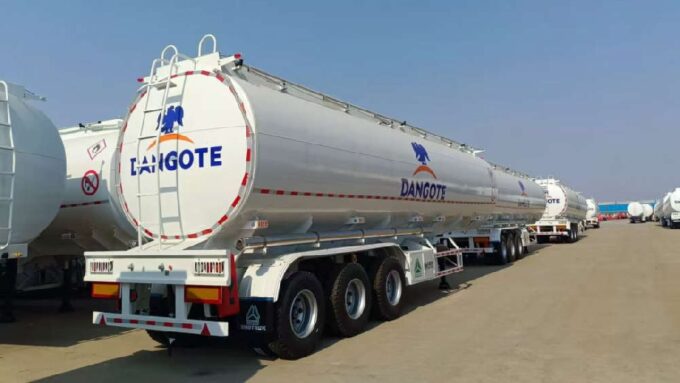The International Energy Agency (IEA) has called for methane emissions in the oil and gas sector to be reduced more quickly in order to achieve climate protection targets.
The IEA on Wednesday in Paris said, almost 120 million tonnes of methane were released in 2023 from the production of these two fossil fuels.
It said that there was a slight increase on the previous year.
In addition, it said around 10 million tonnes of methane were released from bioenergy sources such as the use of biomass.
The IAEA said the main emitters of methane pollution were the U.S., Russia and China.
A reduction in methane emissions of 75 per cent by 2030 is necessary to limit global warming, said IEA Director Fatih Birol.
It is now important to translate commitments made by almost 200 countries at the UN Climate Change Conference in Dubai last December into action, he said.
This alone would halve methane emissions by 2030.
Methane is responsible for almost a third of the global rise in temperature since the Industrial Revolution and the energy sector while the second has the largest source of emissions from human activities.
This is according to the IEA report.
Although methane volatilises faster in the atmosphere than carbon dioxide, it is a much stronger greenhouse gas during its short lifetime.
Reducing methane emissions is therefore one of the best ways to limit global warming and improve air quality in the short term, the agency said.
The IEA calculated that around 40 per cent of methane emissions from fossil fuel extraction in 2023 could have been avoided without additional costs.
The value of the methane captured was higher than the cost of the abatement measured.
Methane emissions are produced in the energy industry by leaking pipelines or during extraction as a by-product, which is often flared off, although not all methane is converted into carbon dioxide.











